 Cotter Street Scene
Cotter Street Scene
Entry Category: Counties, Cities, and Towns - Starting with C
 Cotter Street Scene
Cotter Street Scene
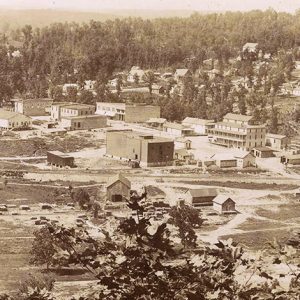 Cotter View
Cotter View
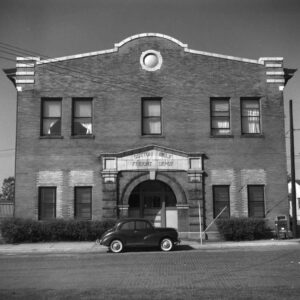 Cotton Belt Depot, North Little Rock
Cotton Belt Depot, North Little Rock
 Cotton Belt Railroad Yard
Cotton Belt Railroad Yard
 Cotton Belt Roundhouse
Cotton Belt Roundhouse
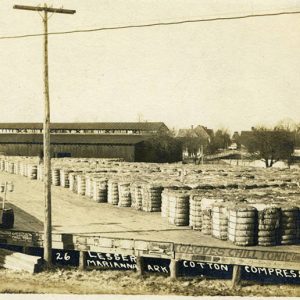 Cotton Compress
Cotton Compress
 Cotton Seed
Cotton Seed
 Cotton Oil Plant
Cotton Oil Plant
Cotton Plant (Woodruff County)
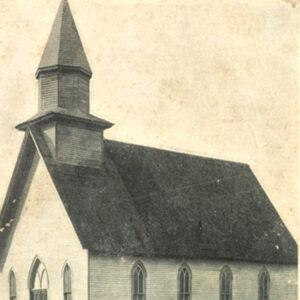 Cotton Plant Church
Cotton Plant Church
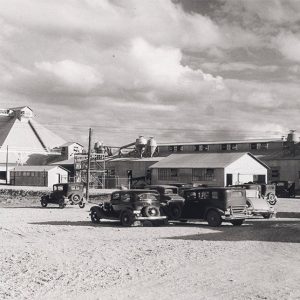 Cottonseed Oil Mill
Cottonseed Oil Mill
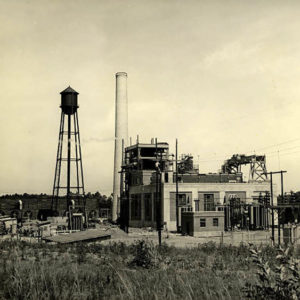 Couch Power Plant in Stamps
Couch Power Plant in Stamps
Counties
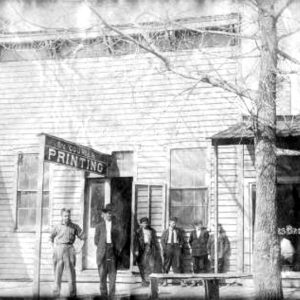 Courier Printing
Courier Printing
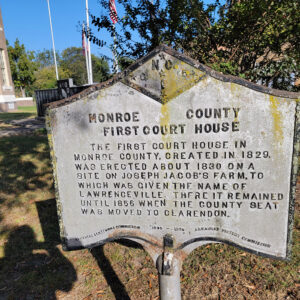 Courthouse Historical Sign
Courthouse Historical Sign
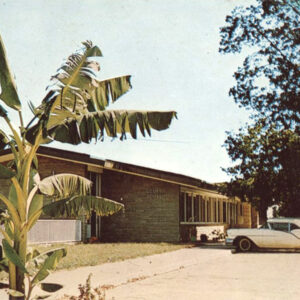 Coury House
Coury House
Cove (Polk County)
Cove Creek (Hot Spring County)
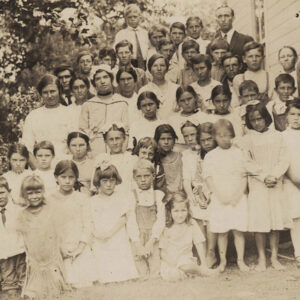 Cove School
Cove School
 Cow Sale
Cow Sale
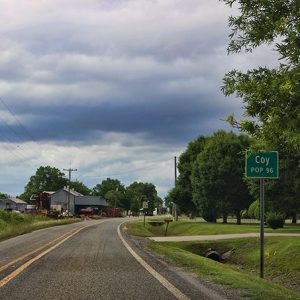 Coy
Coy
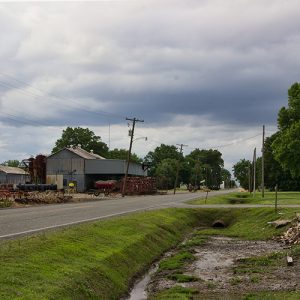 Coy
Coy
Coy (Lonoke County)
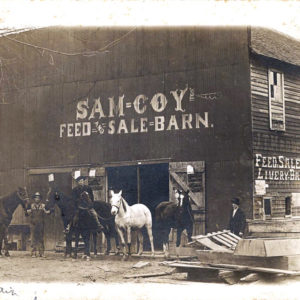 Coy Feed and Sale Barn
Coy Feed and Sale Barn
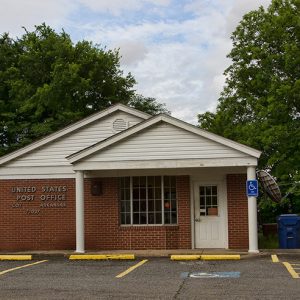 Coy Post Office
Coy Post Office
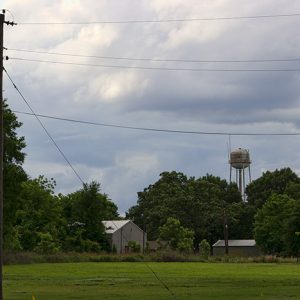 Coy Water Tower
Coy Water Tower
Craighead County
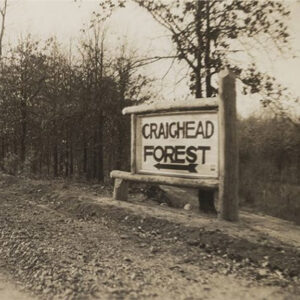 Craighead Forest
Craighead Forest
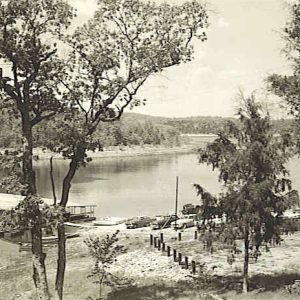 Cranfield Landing
Cranfield Landing
 Cranford Hotel
Cranford Hotel
Crawford County
 Crawford County Bank Building
Crawford County Bank Building
Crawfordsville (Crittenden County)
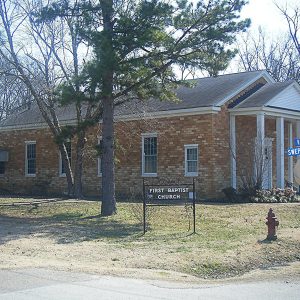 Crawfordsville Baptist Church
Crawfordsville Baptist Church
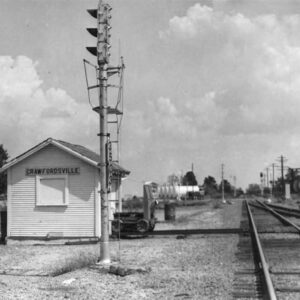 Crawfordsville Depot
Crawfordsville Depot
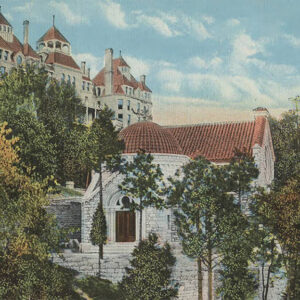 Crescent College
Crescent College
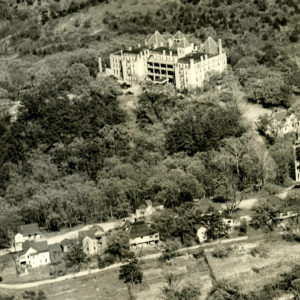 Crescent Hotel
Crescent Hotel
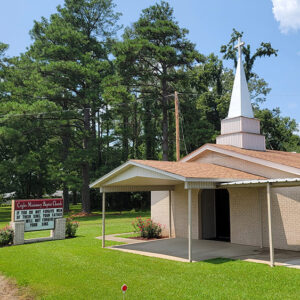 Crigler Church
Crigler Church
Crittenden County
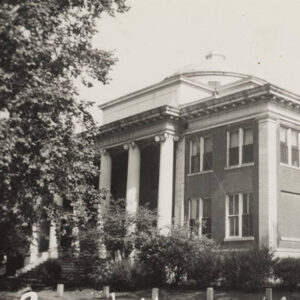 Crittenden County Courthouse
Crittenden County Courthouse
 Crockett's Bluff
Crockett's Bluff
Cross County
Cross Roads (Hot Spring County)
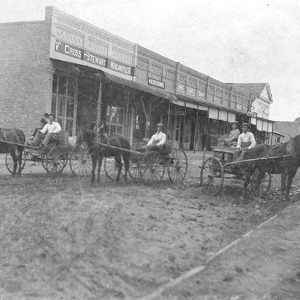 Cross Stewart Mercantile
Cross Stewart Mercantile
Crossett (Ashley County)
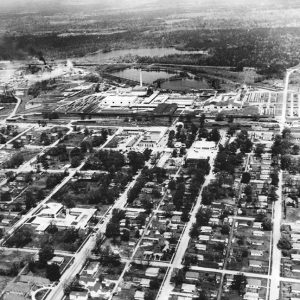 Crossett Arial View
Crossett Arial View
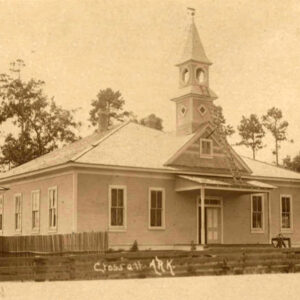 Crossett Church
Crossett Church
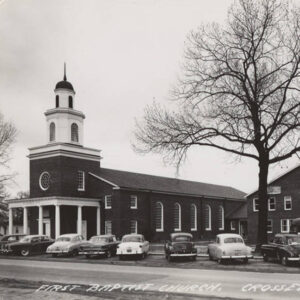 Crossett Church
Crossett Church
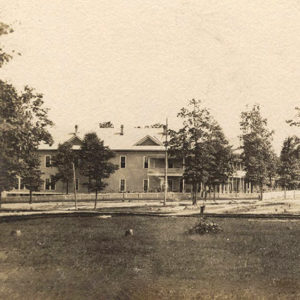 Crossett Hotel
Crossett Hotel
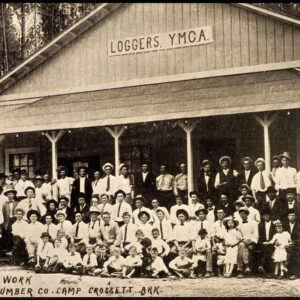 Crossett Loggers
Crossett Loggers




